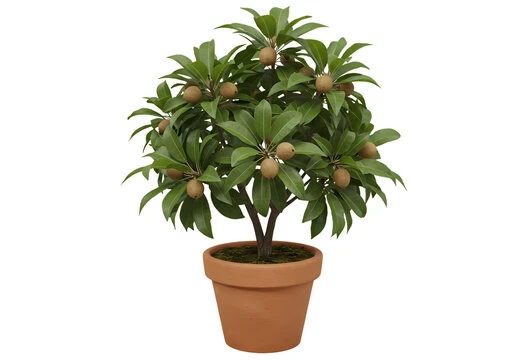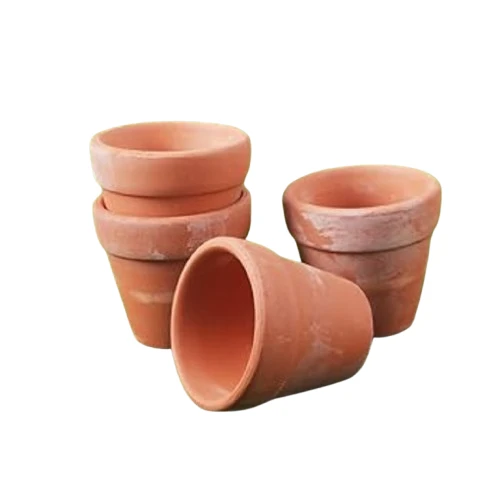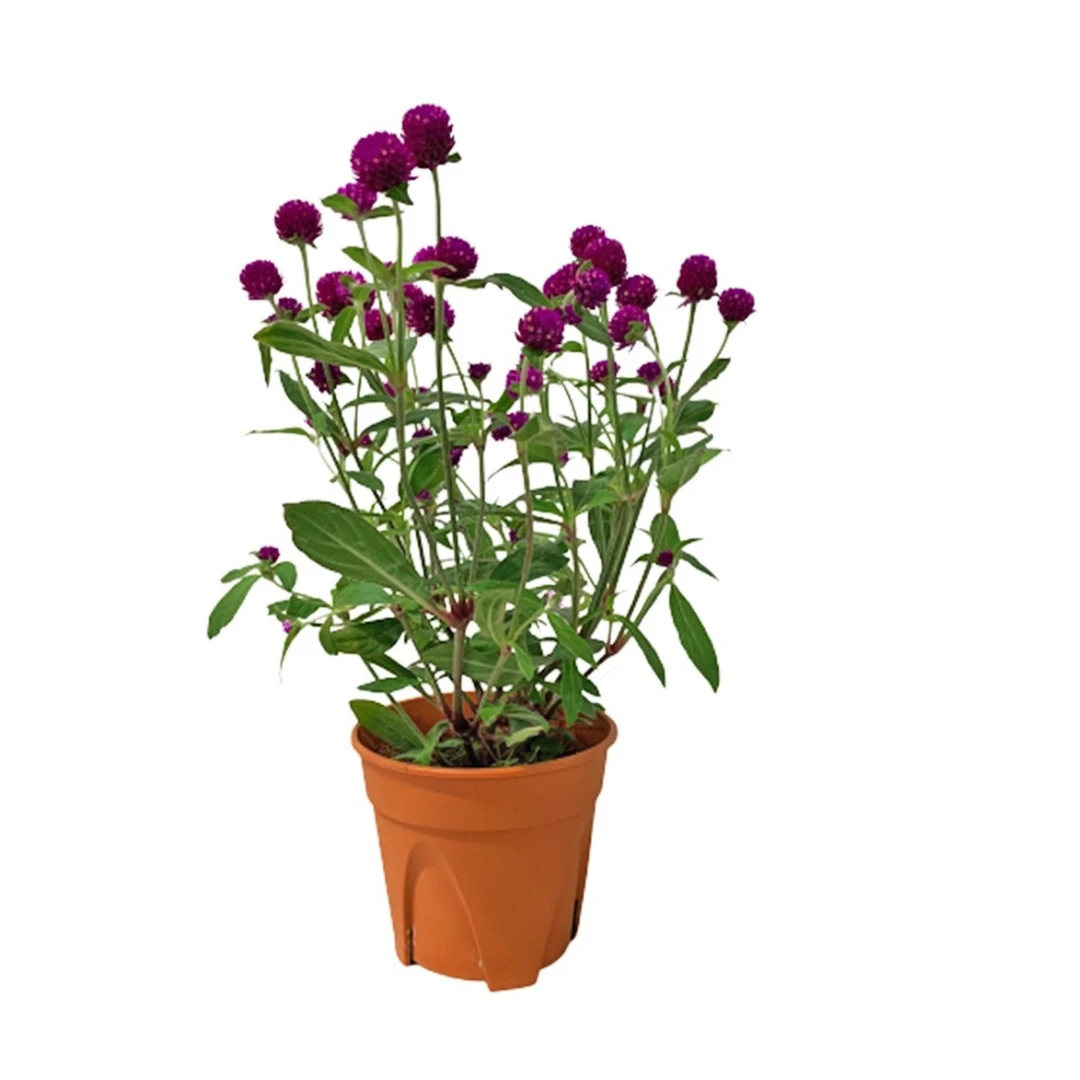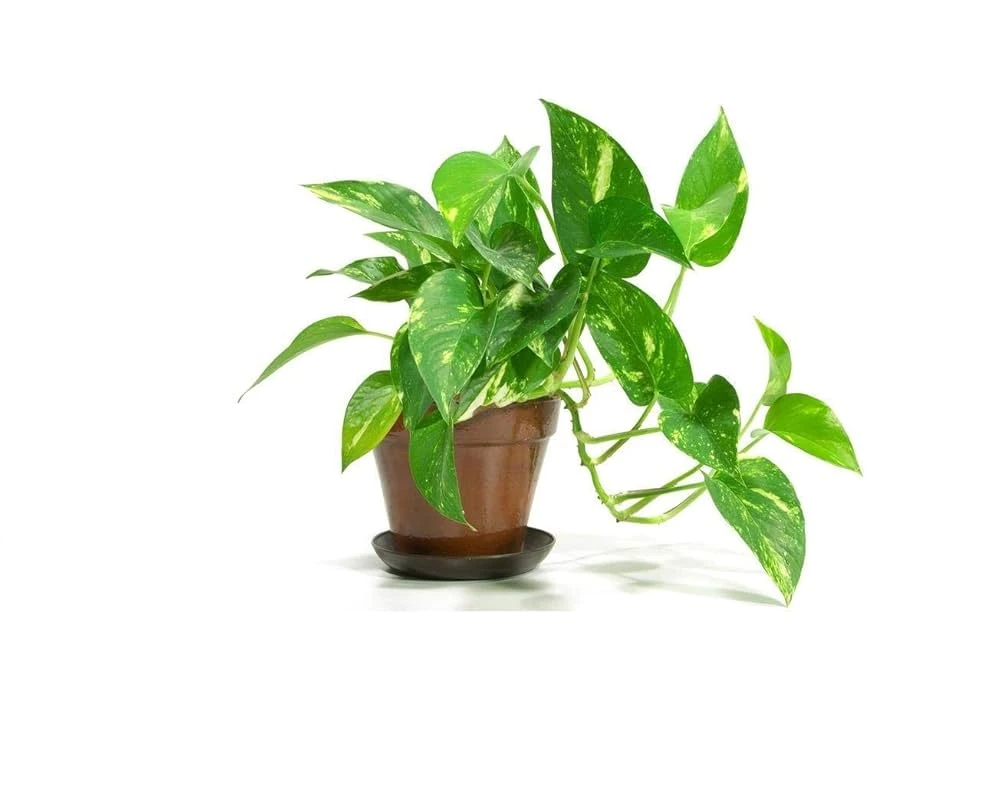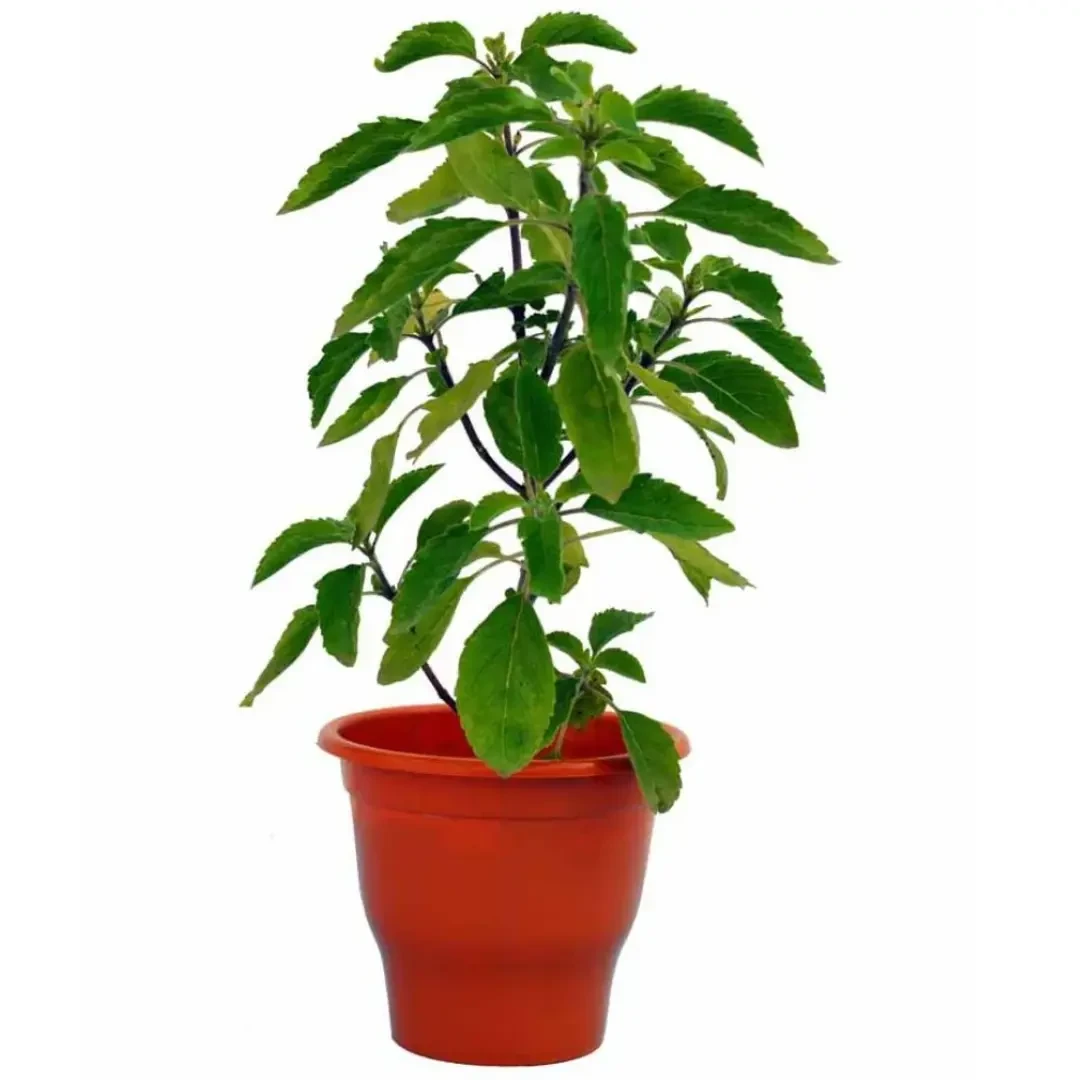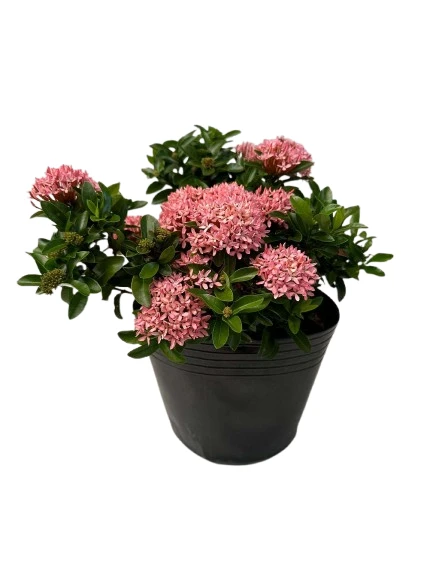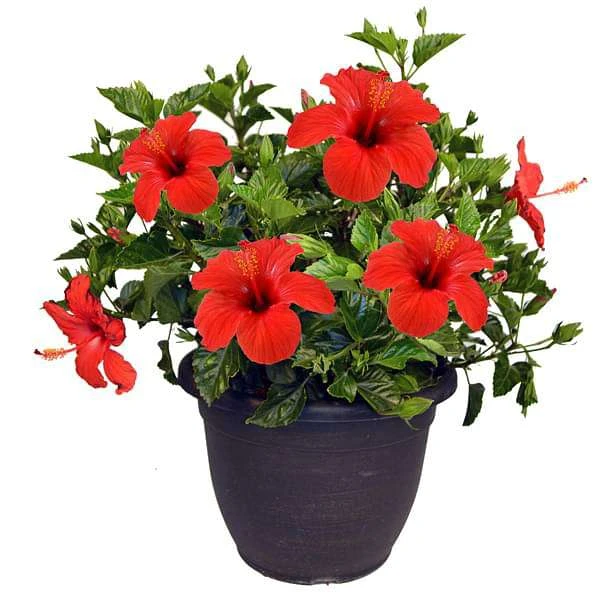The sapota plant, also known as chiku, is a tropical evergreen tree that produces a sweet, grainy fruit. It's native to southern Mexico and Central America, but is widely cultivated in tropical regions like India. The tree can grow up to 30 meters tall and has a trunk diameter of about 1.5 meters.
Key Features:
Scientific name: Manilkara zapota
Common names: Chiku, sapodilla, naseberry, chicozapote, chicle, and others
Leaves: Glossy, dark green, and often arranged in whorls.
Flowers: Small, pale yellow, and clustered.
Fruit: Round to oval, with a brown, rough skin and sweet, juicy, grainy pulp.
Height: Can reach 30 to 40 feet (10-13 meters).
Growing Conditions:
Climate: Thrives in warm, humid climates with a long growing season and plenty of sunlight.
Soil: Prefers well-draining soil that is rich in organic matter and slightly acidic (pH between 6.0 and 6.5).
Planting: Can be grown in the ground or in pots.
Watering: Requires consistent watering, especially during dry or windy periods.
Pruning: Avoid pruning during monsoon or wet climates.
Sunlight: Needs plenty of direct sunlight.
Sapota Fruit:
Ripening:
The fruit is typically ripe when it's soft and has a sweet, caramel-like flavor.
Seeds:
The flesh contains black, shiny, bean-like seeds.
Uses:
The fruit is eaten fresh, used in desserts, and can be made into jams or jellies. a



